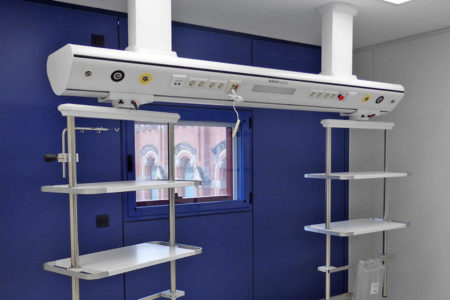Combining design in hospital medical products
The design of medical products and equipment is evolving rapidly, incorporating elements and concepts that respond more than ever to the needs of patients, families and staff.
“The new paradigm in the healthcare sector is that creating a good environment is key to improving staff and patient performance and making patients feel at home.”
In addition, medical devices should not only help to cure the disease or alleviate its symptoms, but also play a leading role in the challenge of achieving a functional, physical and mental balance of the person (whether patient or staff).
The first and last impression in a hospital
The elements that surround a person who is admitted to hospital have an influence on their mood and recovery. Therefore, the design of furniture and buildings aims at so-called “therapeutic design“, which helps to reduce the anxiety and fatigue of the hospitalised person.
So what does a patient feel when he or she is admitted to hospital? That is a question that all healthcare personnel – and any manufacturer of medical products – should ask themselves. Because the importance given to these first impressions will also lead to a better subsequent stay, which can mean a shorter recovery time, well-being for the patient, the healthcare staff and the family, and so on. The fundamental idea is that it is not just about stretchers, devices and doctors.
At Tedisel Medical, to make this concept a reality, we collaborate with companies such as Armisen Care, which designs articulated medical beds, sanitary furniture and technical solutions to care, heal and make life easier.
Why is design important in medical products?
To provide an effective and optimal product to treat and cure, thus providing quality care and improving people’s lives. This is the main objective of the medical product manufacturer and healthcare centre.
In recent years, the industry’s main focus has been on improving design in order to offer greater well-being and comfort for both patients and healthcare staff.
It should not be forgotten that hospitals are a major source of ergonomic stress factors. Therefore, the design must take into account everything related to efficiency, durability, hygiene facilities, precision, ease of maintenance, etc.
At Tedisel, we seek to reflect the great innovations in equipment in the design of both equipment and space conditioning.
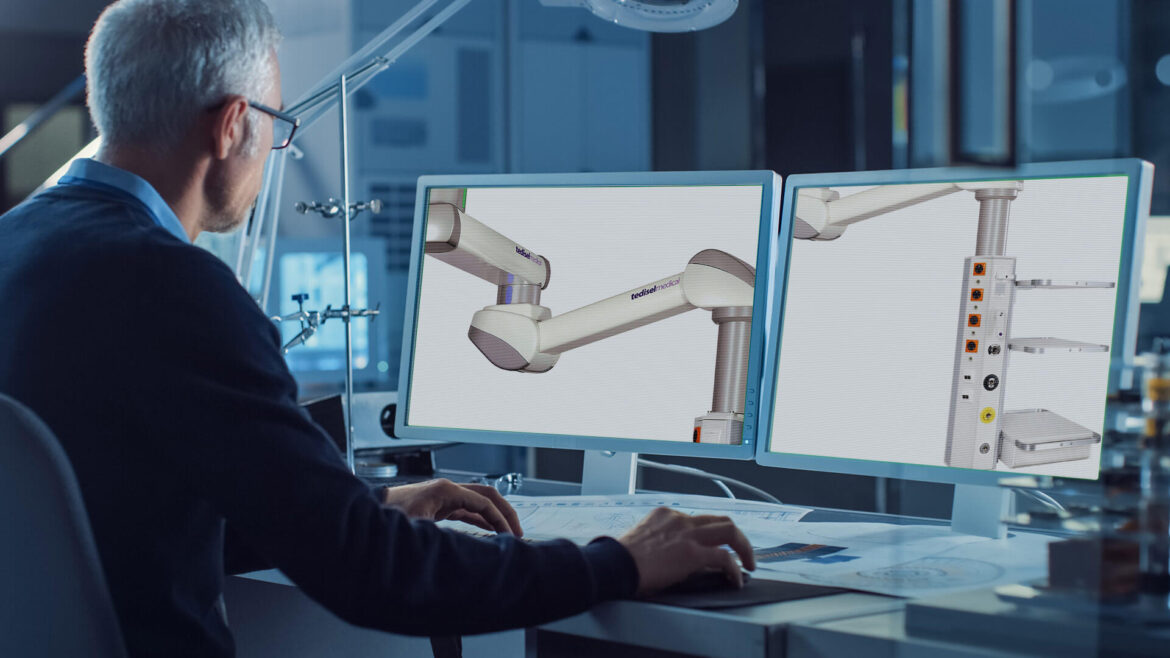
Biophilic design & holistic vision
Another of the great advantages of innovative designs in medical products and devices is the possibility of making them the best complement to the biophilic design of the hospital.
This means no longer understanding healthcare facilities as unpleasant spaces by emulating nature in hospital buildings and rooms, lowering anxiety levels and, thanks to increased access to natural light, which is their main benefit, regulating the body’s circadian rhythms. Thus, we are aware that a portfolio of medical devices capable of interacting, mimicking and providing a biophilic environment is clearly a growing trend.
At the very heart of redesigning healthcare is the holistic concept. In our case, it is designing medical products under a conception based on total and global integration against a concept or situation.
What factors are involved in the design of medical products?
Currently, there are four factors that are decisive when designing medical products and how to fit them into each area and/or hospital room. They are the following:
- Systemic factor: These are the relationships that are generated between the product and all the actors involved.
- Emotional / sensory factor: Appeals to the user experience and the emotional contact between patient and product.
- Functional factor: Practicality, effectiveness, efficiency, safety and comfort of the product, which after all is the most important and essential.
- Accessibility factor: Ease of access and handling, how simple and intuitive it is to manipulate the medical device.
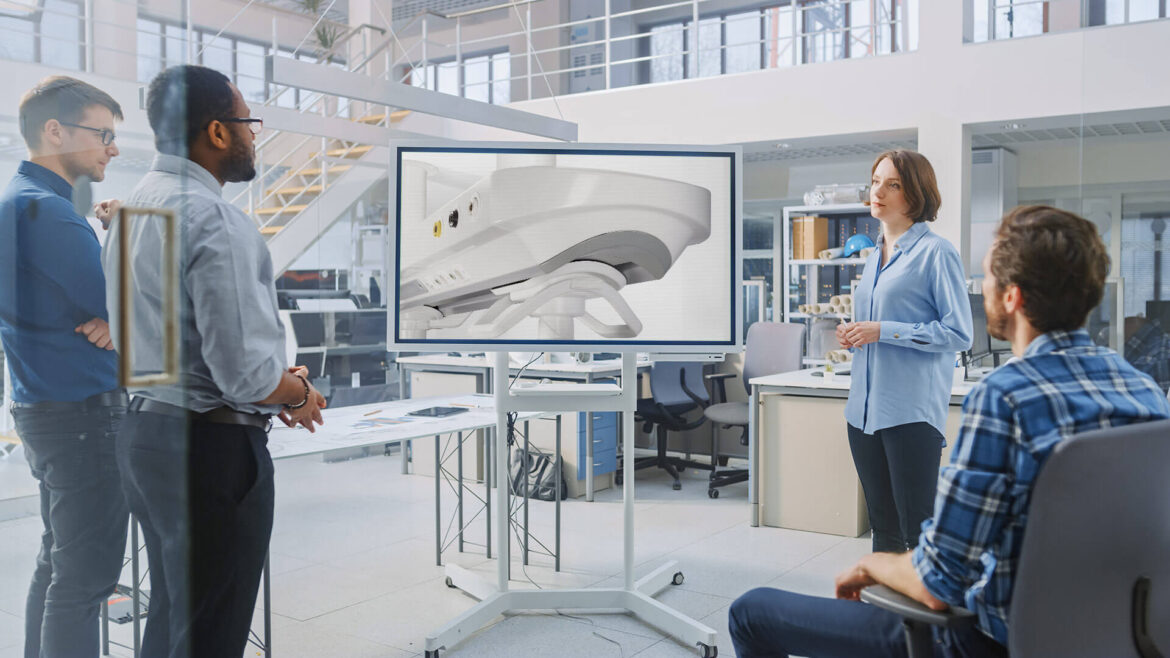
How to improve the design of medical products?
The whole process of medical product design and its integration in hospitals brings together various innovative features necessary to support and sustain the different hospital models.
Hospital design today and in the future aims to make patients and medical staff as comfortable as possible without compromising the effectiveness of services and products. Thus, some tips for improving the design of medical products are:
- Improving efficiency and adapting and customising to the needs of today’s hospitals, but always with the future in mind.
- Encourage medical devices to be part of a greater flexibility of spaces, boosting productivity and efficiency.
- Improve design so that staff can work better every day.
- Comfort is as or more important than the functionality of the product itself.
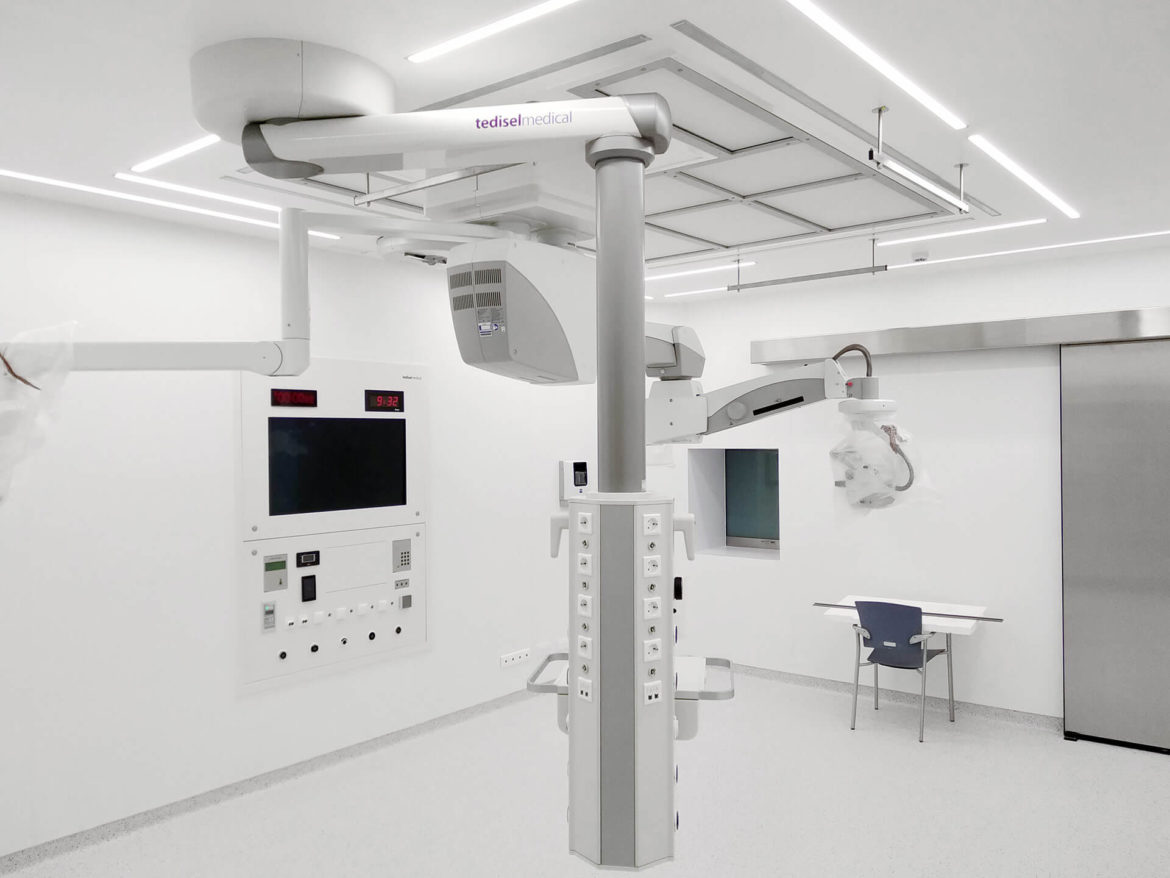
Hospital de Mataró (Spain). Products of Tedisel Medical: Motor Column, Q Panel.
The main benefits
Increased safety and comfort for the patient and hospital staff, easy maintenance and good hygiene care, simple repairs, better lighting to facilitate work and harmony between staff and patient. These are just some of the benefits of design in medical products. But there is much more.
We must insist that a healing environment is as desirable for patients as it is for healthcare professionals. In this sense, advanced patient workplace and recovery design provides, for example, the possibility to hide or minimise the presence of medical devices, as well as a pleasant room design.
This optimisation of the design of the hospital room and its devices includes features or interventions such as an efficient ventilation system, a good acoustic environment, adequate lighting, colour concepts and ergonomic design.
These modifications are associated with better clinical outcomes, being a “smart investment“, increasing staff efficiency, promoting healing and saving the hospital money.
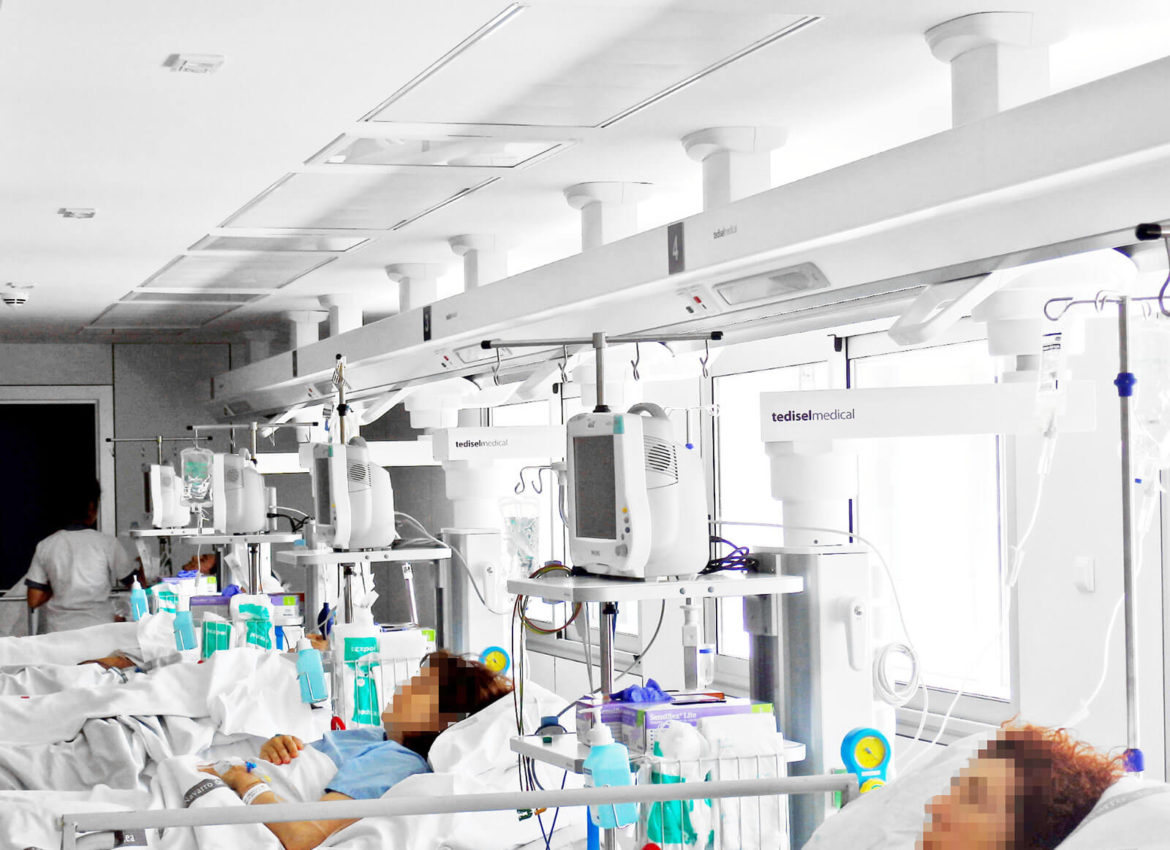
Hospital Virgen del Camino (Pamplona – Spain). Products of Tedisel Medical: Abitus.


